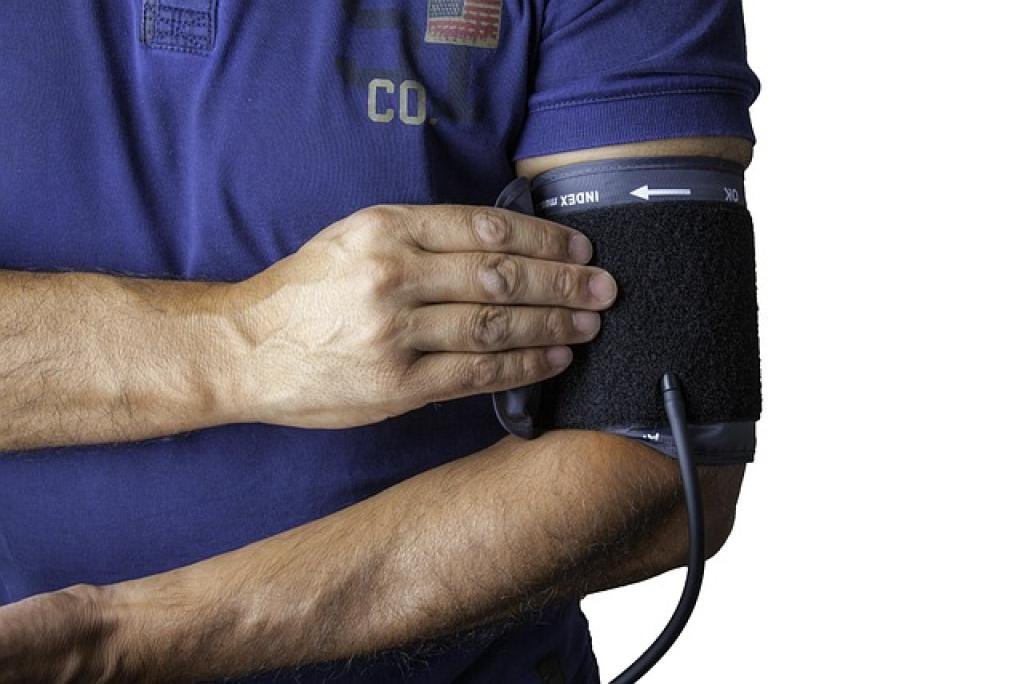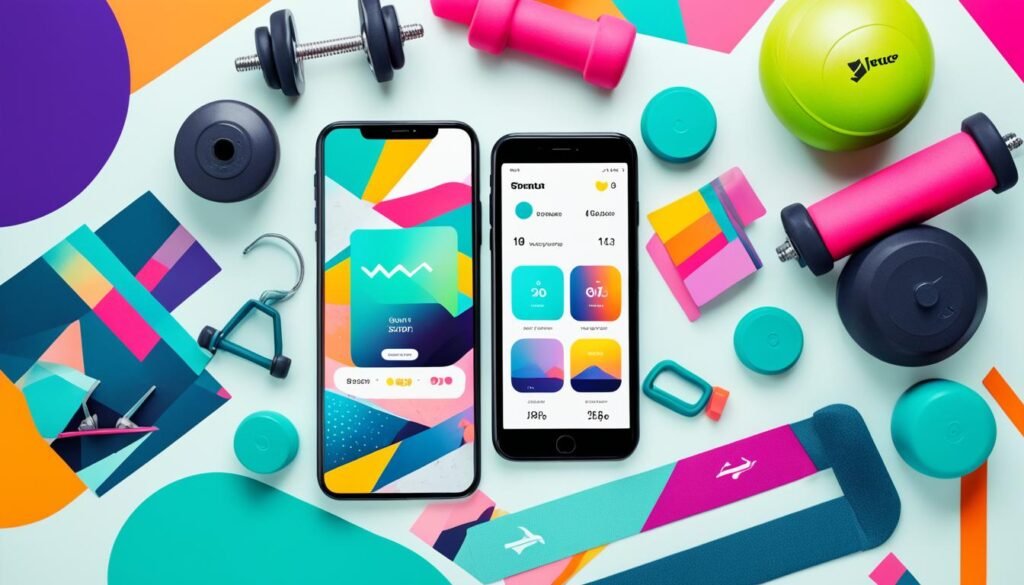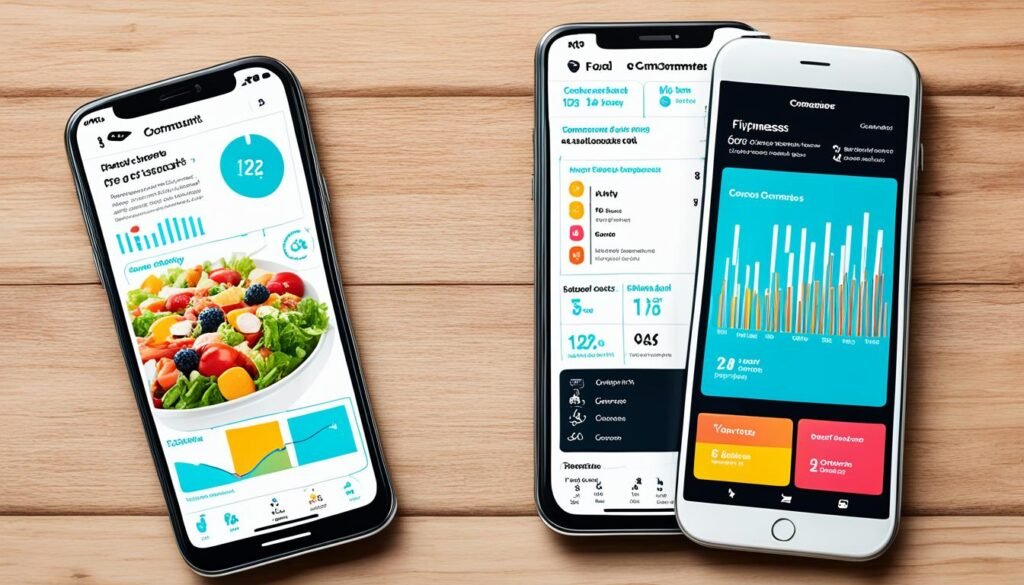We independently test and review fitness products using a research-based approach. If you buy through our links, we may earn a small commission at no extra cost to you. Read our Disclosure
Choosing the right heart rate (HR) monitor is the first step toward effective training. The choice typically comes down to two primary technologies: the ECG-based Chest Strap and the Optical Heart Rate Watch (or Wrist/Armband Sensor). This guide breaks down the core differences, focusing on the metrics that matter most to serious athletes. Understanding whether a heart rate monitor chest strap vs watch is right for you depends entirely on your training goals.
This is a comprehensive comparison of how chest straps and wrist-based monitors perform across six critical categories.
1. Accuracy and Response Time
One of the most important factors to consider when choosing a heart rate monitor is accuracy. Chest strap monitors are known for providing more precise heart rate readings compared to wrist monitors. This is because chest straps are positioned closer to the heart, resulting in more reliable data. On the other hand, wrist monitors can sometimes be affected by movement or sweat, leading to less accurate readings. If accuracy is your top priority, a chest strap monitor might be the better option for you. For those involved in high-intensity training like Crossfit, the best heart rate monitors can be crucial.
|
Feature |
Chest Strap (ECG) |
Wrist/Armband (Optical PPG) |
Winner |
|---|---|---|---|
|
Technology |
Electrocardiography (ECG) – Measures electrical signals. |
Photoplethysmography (PPG) – Measures blood flow via light. |
Chest Strap |
|
Performance |
Measures the actual electrical pulse of the heart; the gold standard for medical and athletic accuracy. |
Highly accurate at rest or during steady-state activity. Accuracy degrades with motion and tightening grip. |
Chest Strap |
|
Response Time |
Near-instantaneous. Essential for HIIT and interval training. |
Slight delay (1-5 seconds). Slower to react to rapid HR spikes/drops. |
Chest Strap |
Verdict: For tasks requiring split-second accuracy (like measuring Heart Rate Variability (HRV) or high-intensity interval training (HIIT)), the chest strap is superior.
2. Comfort and Fit
Comfort is another crucial aspect to consider when selecting a heart rate monitor. Chest strap monitors can feel restrictive and uncomfortable, especially during high-intensity workouts or long-distance runs. Some people find the feeling of a strap around their chest distracting and prefer the freedom of movement that comes with a wrist monitor. Wrist monitors are usually lighter and less intrusive, making them a more comfortable choice for many users. If comfort is a priority for you, a wrist monitor could be the way to go. Those looking for fitness gadgets that enhance comfort might find wrist monitors preferable.
-
Chest Strap: Worn around the sternum. Can cause initial chafing or feel restrictive, especially for women or during floor work. However, the latest textile straps are much softer and more moisture-wicking.
-
Wrist/Armband (Watch): Worn on the wrist or higher on the arm (bicep or forearm). Generally considered more comfortable for all-day wear and less intrusive during movement. Requires a tight fit to maintain skin contact.
Verdict: The wrist/armband wins for general comfort and continuous, all-day wear.
3. Battery Life and Maintenance
The power source dictates how often you need to interrupt your routine to charge the device.
|
Feature |
Chest Strap (ECG) |
Wrist/Armband (Optical PPG) |
Winner |
|---|---|---|---|
|
Power Source |
Replaceable coin cell battery (CR2032). |
Rechargeable Lithium-ion battery. |
Chest Strap |
|
Lifespan |
Typically lasts 300 to 500 hours (6-12 months of use). |
Typically lasts 5 to 14 days of use, requiring periodic charging. |
Chest Strap |
|
Maintenance |
Sensor requires occasional rinsing and electrode cleaning. Strap must be washed. |
Simpler, requiring only a wipe-down. Must be charged regularly. |
Draw |
Verdict: The chest strap wins for sheer longevity and freedom from frequent charging.
4. Versatility and Data Output
How does the monitor communicate with your other devices?
-
Chest Strap: Almost universally features Dual-Band Connectivity (ANT+ and Bluetooth). It can often broadcast data to multiple devices simultaneously (e.g., watch, bike computer, and treadmill).
-
Wrist/Armband (Watch): Uses Bluetooth primarily, but increasingly includes ANT+. Generally optimized for pairing with a single app or watch.
Verdict: Due to its robust and simultaneous connectivity protocols, the chest strap is more versatile for multi-device athletes (e.g., triathletes).
5. Durability and Movement Artifacts
High-intensity training and heavy lifting can create noise in the data signal, leading to movement artifacts.
-
Chest Strap: Since it measures electricity, it is unaffected by movement artifacts caused by gripping a barbell or flexing a wrist. Its primary failure point is the strap itself, which wears out over time.
-
Wrist/Armband (Watch): Optical sensors are highly sensitive to movement. When you grip tightly (e.g., deadlifts, pull-ups), the pressure changes blood flow, causing temporary inaccurate readings.
Verdict: For sports involving heavy gripping, explosive, or multi-planar movement, the chest strap is more durable in terms of data quality.
6. Heart Rate Variability (HRV)
HRV is a key recovery metric. It measures the variation in time between heartbeats and is best measured at rest.
-
Chest Strap: Can measure the precise millisecond differences required for accurate HRV tracking, usually during sleep or a controlled morning measurement.
-
Wrist/Armband (Watch): While many optical sensors claim to track HRV, the data quality can be compromised by motion, and the measurement is less precise than ECG.
Verdict: For athletes who rely on HRV to optimize their recovery and training load, the chest strap provides the most reliable data.
Conclusion & Next Steps
If your primary goal is maximal accuracy, reliable data during heavy lifting, and advanced metrics like HRV, the ECG Chest Strap is the clear winner. If your priority is comfort, convenience, and continuous 24/7 tracking for lifestyle and steady-state workouts, the Optical Heart Rate Watch is an excellent choice.
Remember that the best monitor is the one that meets your specific training needs. If you are specifically interested in how these devices perform during high-intensity, demanding workouts:
➡️ Explore specific use cases for competitive training in our detailed guide: How Heart Rate Monitors Help CrossFit Athletes Train Smarter.



